当前位置:网站首页>MNIST手写数字识别 —— 图像分析法实现二分类
MNIST手写数字识别 —— 图像分析法实现二分类
2022-08-04 05:30:00 【学习历险记】
手写数字任务识别简介
MNIST 数据集来自美国国家标准与技术研究所(National Institute of Standards and Technology,简称 NIST ),总共有7万张图,其中训练集6万张,由 250 个不同人的手写数字构成, 50% 是高中学生, 另外 50% 是人口普查局的工作人员,测试集1万张图,也是由同样比例的人手写的数字。该数据集在深度学习领域,是一个很经典的入门学习数据集,部分手写数字的图片样例如下:
1.下载MNIST数据集
# 创建datasets目录
import os
datasets_dir = '../datasets'
if not os.path.exists(datasets_dir):
os.makedirs(datasets_dir)os是提供了一些方便使用操作系统相关功能的函数,通过import将该工具包导入。
1.获得当前文件路径:os.getcwd()
2.新建一个文件夹:os.mkdir()
3.跳转当前文件路径:os.chdir(一个已存在的目录)
4.获得路径下的所有文件名称:os.listdir(path)
5.返回是否是文件夹:os.path.isdir()
6.返回是否是文件:os.path.isfile()
7.将文件路径进行拆分:os.path.split()
8.修改文件名称:os.rename()
# 下载数据集,由于使用的数据源在华为云OBS中,所以本代码只能在华为云 ModelArts 中运行
import moxing as mox
if not os.path.exists(os.path.join(datasets_dir, 'MNIST_Data.zip')):
mox.file.copy('obs://modelarts-labs-bj4-v2/course/hwc_edu/python_module_framework/datasets/mindspore_data/MNIST_Data.zip',
os.path.join(datasets_dir, 'MNIST_Data.zip'))
os.system('cd %s; unzip MNIST_Data.zip' % (datasets_dir))moxing:MoXing(模型)是华为云深度学习服务提供的网络模型开发API。相对于TensorFlow和MXNet等原生API而言,MoXing API让模型的代码编写更加简单,而且能够自动获取高性能的分布式执行能力。
2.读取MNIST数据集
import numpy as np
import mindspore.dataset as ds
# 读取完整训练样本和测试样本
datasets_dir = '../datasets'
mnist_ds_train = ds.MnistDataset(os.path.join(datasets_dir, "MNIST_Data/train"))
mnist_ds_test = ds.MnistDataset(os.path.join(datasets_dir, "MNIST_Data/test"))
# 为训练集创建字典迭代器,提取训练图片和标签
items_train = mnist_ds_train.create_dict_iterator(output_numpy=True)
train_data = np.array([i for i in items_train])
images_train = np.array([i["image"] for i in train_data])
labels_train = np.array([i["label"] for i in train_data])
# 为测试集创建字典迭代器,提取测试图片和标签
items_test = mnist_ds_test.create_dict_iterator(output_numpy=True)
test_data = np.array([i for i in items_test])
images_test = np.array([i["image"] for i in test_data])
labels_test = np.array([i["label"] for i in test_data])
print("训练集规模:") # 60000个训练样本
print("图片:{}, 标签:{}".format(images_train.shape, labels_train.shape))
print("测试集规模:") # 10000个训练样本
print('图片:{}, 标签:{}'.format(images_test.shape, labels_test.shape))训练集规模:
图片:(60000, 28, 28, 1), 标签:(60000,)
测试集规模:
图片:(10000, 28, 28, 1), 标签:(10000,)
3.查看部分图片及标签
from PIL import Image
batch_img = np.squeeze(images_train[0])
print("图像的大小: ", batch_img.shape)
print("图像的标签: ", labels_train[0])
Image.fromarray(batch_img) # 转成PIL格式进行图片显示图像的大小: (28, 28)
图像的标签: 9
batch_img = np.squeeze(images_train[1])
print("图像的大小: ", batch_img.shape)
print("图像的标签: ", labels_train[1])
Image.fromarray(batch_img) # 转成PIL格式进行图片显示图像的大小: (28, 28)
图像的标签: 4
图像分析法实现手写数字二分类
(使用传统的软件编程方法,分析图像统计特征的方法,而不是AI的方法来实现手写数字识别。)
手写数字识别任务,是要对每张28*28大小的图片进行预测,判断该图片是数字0-9中的哪一个,因此这是一个10分类的任务。
做科研的常规方法是先对一个问题做一些假设或简化,尝试去解决这个简单的问题,等简单问题得到较好的解决之后,再减少假设,尝试解决更贴近现实情况、也更复杂的问题。遵循这种方法,先假设手写数字识别任务只需要识别0和1两个数字,先尝试解决这个简单的二分类问题,之后再解决10分类的问题。
实现手写数字0和1的二分类,有很多种方法,先采用非机器学习的方法,比如基于图像分析的传统编程方法来实现数字0和1的二分类。
1.准备手写数字0和1的数据集
由于整个MNIST数据集是包含0~9的所有图片,现在研究的是简化的0和1的二分类问题,所以先从整个数据集中将所有手写数字0和1的图片挑选出来,同样也需要区分训练集和测试集。
import os
import numpy as np
import mindspore.dataset as ds
datasets_dir = '../datasets'
if not os.path.exists(datasets_dir):
os.makedirs(datasets_dir)
import moxing as mox
if not os.path.exists(os.path.join(datasets_dir, 'MNIST_Data.zip')):
mox.file.copy('obs://modelarts-labs-bj4-v2/course/hwc_edu/python_module_framework/datasets/mindspore_data/MNIST_Data.zip',
os.path.join(datasets_dir, 'MNIST_Data.zip'))
os.system('cd %s; unzip MNIST_Data.zip' % (datasets_dir))
# 读取完整训练样本和测试样本
mnist_ds_train = ds.MnistDataset(os.path.join(datasets_dir, "MNIST_Data/train"))
mnist_ds_test = ds.MnistDataset(os.path.join(datasets_dir, "MNIST_Data/test"))
# 为训练集创建字典迭代器,提取训练图片和标签
items_train = mnist_ds_train.create_dict_iterator(output_numpy=True)
train_data = np.array([i for i in items_train])
images_train = np.array([i["image"] for i in train_data])
labels_train = np.array([i["label"] for i in train_data])
# 为测试集创建字典迭代器,提取测试图片和标签
items_test = mnist_ds_test.create_dict_iterator(output_numpy=True)
test_data = np.array([i for i in items_test])
images_test = np.array([i["image"] for i in test_data])
labels_test = np.array([i["label"] for i in test_data])提取0和1数据
# 提取 0 ,1 数据
train_zeros = images_train[labels_train==0]
train_ones = images_train[labels_train==1]
test_zeros = images_test[labels_test==0]
test_ones = images_test[labels_test==1]
print('数字0,训练集规模:', len(train_zeros), ',测试集规模:', len(test_zeros))
print('数字1,训练集规模:', len(train_ones), ',测试集规模:', len(test_ones))数字0,训练集规模: 5923 ,测试集规模: 980
数字1,训练集规模: 6742 ,测试集规模: 1135
2.进行样本分析
查看样本的整体概况
# 查看30张数字0的图片
from PIL import Image
batch_zeros = np.squeeze(train_zeros[:30])
Image.fromarray(np.hstack(batch_zeros))
# 查看30张数字1的图片
batch_ones = np.squeeze(train_ones[:30])
Image.fromarray(np.hstack(batch_ones))
查看单张图片的细节
上文提到,MNIST数据集中的每张图片都是28*28大小,使用python模块读取图片文件后,图片可以用一个28*28的矩阵来表示,下面查看一下这个矩阵中的具体数值。
# 首先安装必要的库
!pip install jinja2# 查看图片的像素值
import pandas as pd
single_image = np.squeeze(images_train[0])
df = pd.DataFrame(single_image)
df.style.set_properties(**{'font-size':'6pt'}).background_gradient('Greys')
▲图片数字4的矩阵值
在手写数字原图中,图片的背景是黑色,对应的像素值是0, 数字笔画的颜色是白色,对应的像素值是255,为了方便显示,上图显示的颜色做了黑白翻转。
可以发现一个现象: 矩阵中的每一个值都代表图片中的一个像素,没有笔画的地方是0像素值,有笔画的地方是非零像素,而且按照常理,同样大小的图片中,数字0的笔画面积一般会比数字1的笔画面积要多。
由此产生一个思路: 能否根据笔画产生的非零像素在整幅图像中的占比来区分数字0和1?
先分别统计数字0和数字1的非零像素在整幅图像中的占比均值,由于数字0的非零像素占比一般比数字1的要大,所以只需要找到一个合适的非零像素占比阈值(用变量th表示),如果某张图片的非零像素占比大于th,就可以将该图片分类为0,否则分类为1。为实现这个思路,我们接下来可以采用传统的编程方法来一步步实现。
3.定义非零像素占比函数
def calc_nonzero_ratio(img):
'''实现方法:使用np.count_nonzero函数统计矩阵中的非零像素个数,除以图像大小,即可得到非零像素占比'''
img = np.asarray(img)
return np.count_nonzero(img) / img.size统计数字0的非零像素占比均值
zeros_ratio = 0
for zero in train_zeros:
zeros_ratio += calc_nonzero_ratio(zero)
zeros_ratio = zeros_ratio / len(train_zeros)
print('数字0的非零像素占比均值:', zeros_ratio)数字0的非零像素占比均值: 0.24486587223104644
统计数字1的非零像素占比均值
ones_ratio = 0
for one in train_ones:
ones_ratio += calc_nonzero_ratio(one)
ones_ratio = ones_ratio / len(train_ones)
print('数字1的非零像素占比均值:', ones_ratio)数字1的非零像素占比均值: 0.10949749968216267
4.设置像素占比分类阈值
先采取一个简单的策略来设置分类阈值,直接取数字0和数字1的非零像素占比的平均值,取4位有效小数。
th = round((zeros_ratio + ones_ratio) / 2, 4)
print('分类阈值:', th)分类阈值:0.1772
5.定义分类预测函数
这个分类方法很简单,如果某张图片的非零像素占比大于th,就将该图片分类为0,否则分类为1 。
def predict(img):
if calc_nonzero_ratio(img) > th:
pred_label = 0
else:
pred_label = 1
return pred_label6.准确率统计
对数字0的测试样本进行预测,并统计准确率
zero_right_count = 0
for zero in test_zeros:
pred_result = predict(zero)
if pred_result == 0:
zero_right_count += 1
print('数字0测试样本准确率:%.4f' % (float(zero_right_count) / len(test_zeros)))数字0测试样本准确率:0.9571
对数字1的测试样本进行预测,并统计准确率
one_right_count = 0
for one in test_ones:
pred_result = predict(one)
if pred_result == 1:
one_right_count += 1
print('数字1测试样本准确率:%.4f' % (float(one_right_count) / len(test_ones)))数字1测试样本准确率:0.9762
统计综合准确率
print('测试样本综合准确率:%.4f' % (float(zero_right_count + one_right_count) / (len(test_zeros) + len(test_ones))))测试样本综合准确率:0.9674
如上所示,使用“统计非零像素占比,比较阈值” 这种很简单的策略,也可以实现手写数字0和1的分类,数字0和数字1的分类准确率分别是 95.71% 和 97.62%,综合准确率达到 96.74% 。
边栏推荐
猜你喜欢
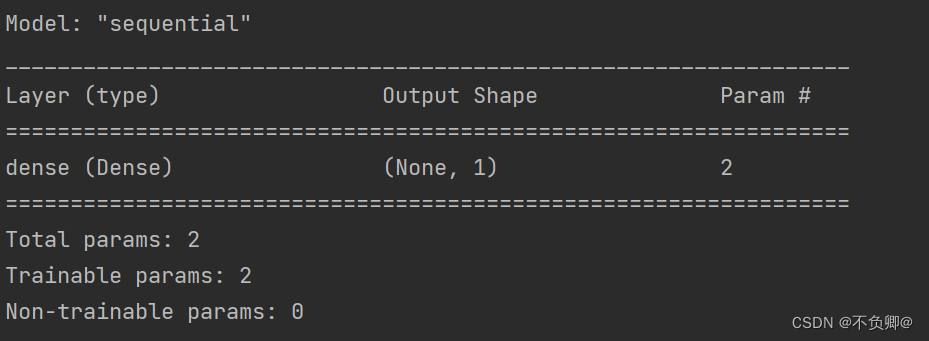
TensorFlow2 study notes: 8. tf.keras implements linear regression, Income dataset: years of education and income dataset
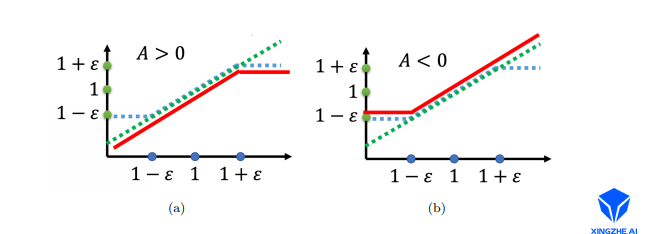
详解近端策略优化
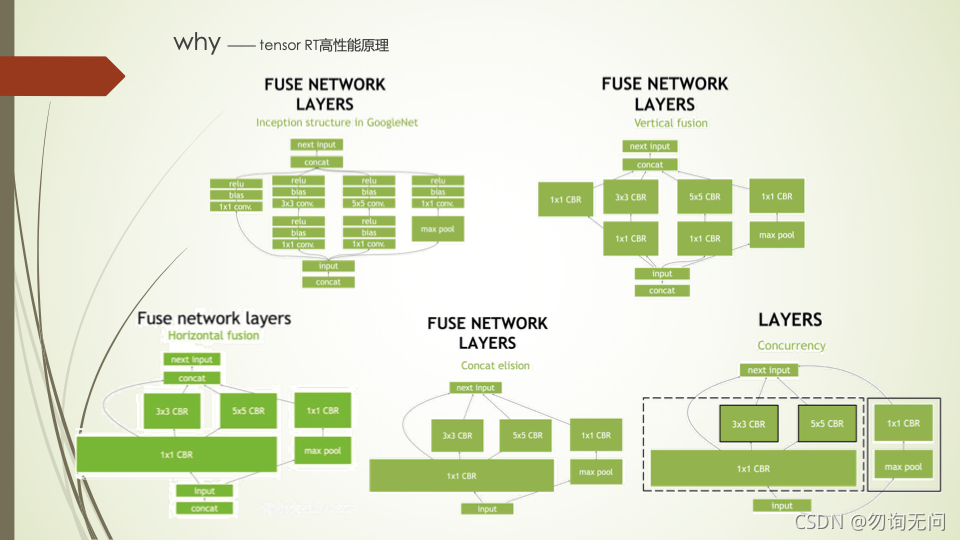
TensorRT 5 初步认识

【深度学习21天学习挑战赛】1、我的手写被模型成功识别——CNN实现mnist手写数字识别模型学习笔记
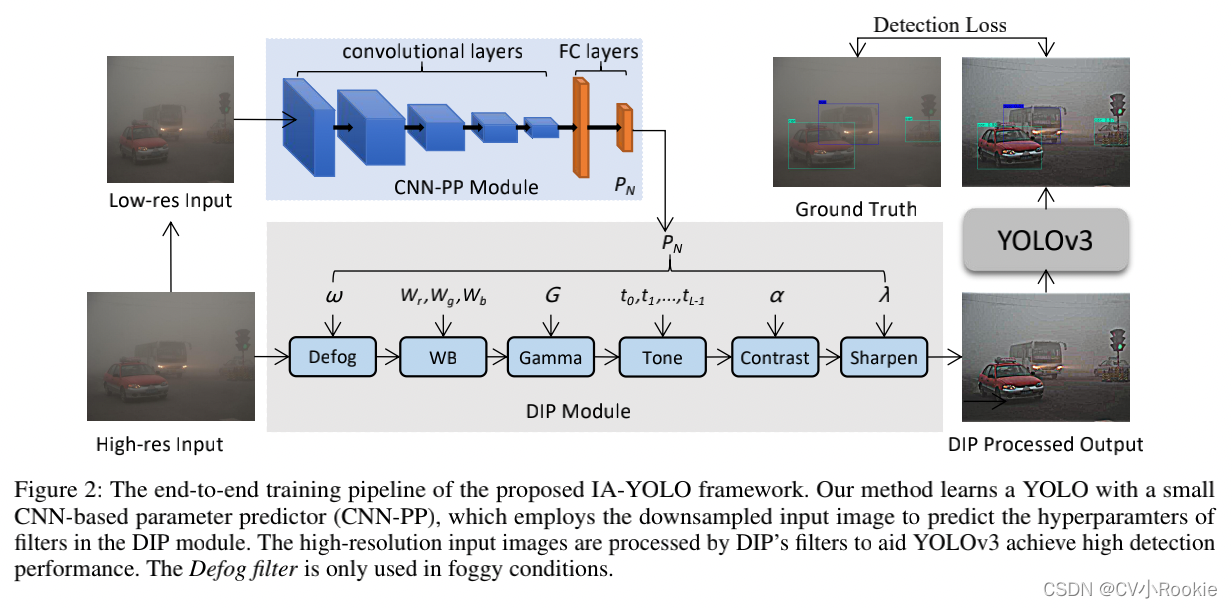
Image-Adaptive YOLO for Object Detection in Adverse Weather Conditions
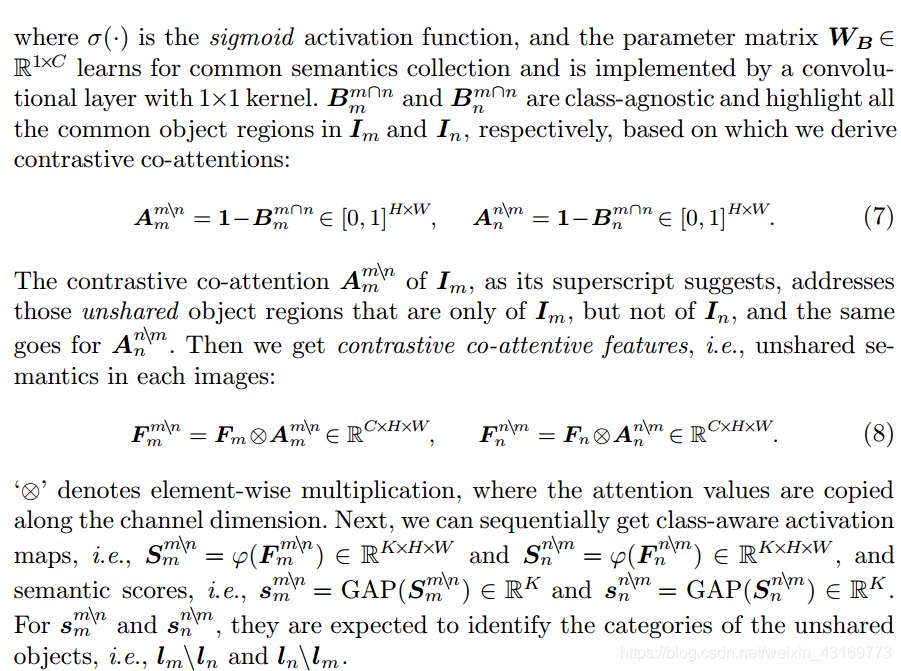
【论文阅读】Mining Cross-Image Semantics for Weakly Supervised Semantic Segmentation
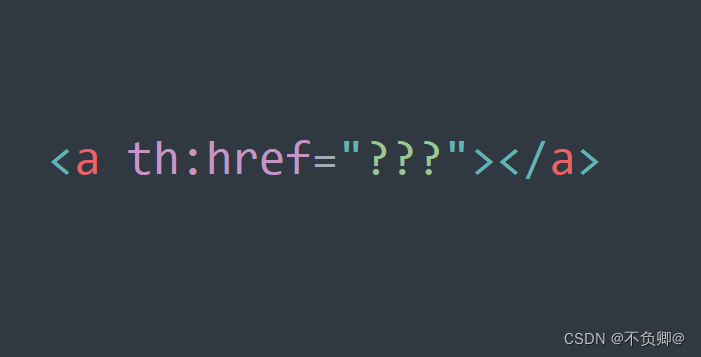
Th in thymeleaf: href use notes
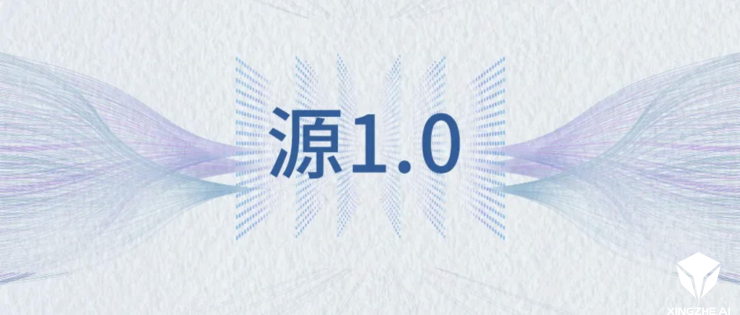
中国联通、欧莱雅和钉钉都在争相打造的秘密武器?虚拟IP未来还有怎样的可能
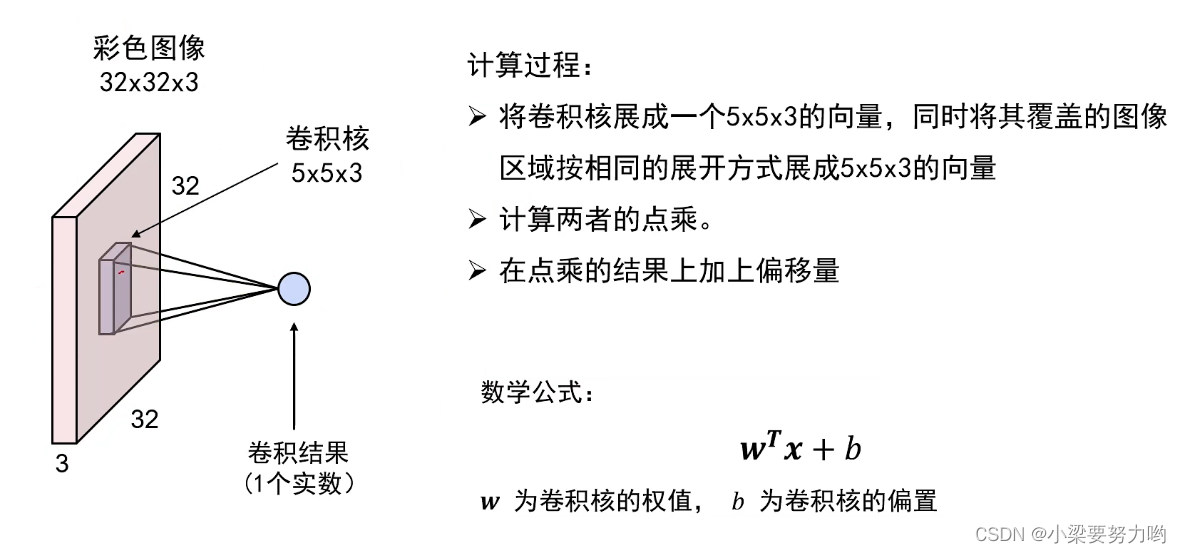
【CV-Learning】卷积神经网络

thymeleaf中 th:href使用笔记
随机推荐
MySQL最左前缀原则【我看懂了hh】
SQL注入详解
【论文阅读】Anchor-Free Person Search
YOLOV5 V6.1 详细训练方法
两个APP进行AIDL通信
sklearn中的pipeline机制
TensorFlow: tf.ConfigProto() and Session
Data reading in yolov3 (1)
Matplotlib中的fill_between;np.argsort()函数
Deep Adversarial Decomposition: A Unified Framework for Separating Superimposed Images
TensorFlow2 study notes: 4. The first neural network model, iris classification
深度确定性策略梯度(DDPG)
审稿意见回复
Usage of Thread, Handler and IntentService
浅谈外挂常识和如何防御
【go语言入门笔记】13、 结构体(struct)
[Deep Learning 21 Days Learning Challenge] 2. Complex sample classification and recognition - convolutional neural network (CNN) clothing image classification
Attention Is All You Need(Transformer)
Usage of RecyclerView
线性回归02---波士顿房价预测


